The Global Epigenetics Market is experiencing significant growth driven by rising awareness of personalized medicine, advancements in research methodologies, and increased funding for genomic and epigenomic studies. Companies operating in this market are focusing on innovative technologies and product offerings to enhance their value propositions.
Competitive insights reveal a landscape characterized by strategic collaborations, mergers and acquisitions, and an emphasis on expanding product portfolios to cater to the diverse needs of researchers and healthcare professionals. The market is influenced by regulatory frameworks, technological advancements, and evolving consumer preferences toward advanced therapeutic options, leading to the emergence of strong competitors who are positioned to capitalize on these trends.
Cell Signaling Technology (CST)
Cell Signaling Technology (CST) has established itself as a significant player in the Global Epigenetics Market with a robust portfolio focused on reliable research tools that cater to epigenetic modifications. The company’s strengths lie in its commitment to quality and innovation, providing researchers with high-performance antibodies and assays tailored for epigenetic studies.
Additionally, CST has cultivated a strong reputation for its technical support and comprehensive online resources, which enhances customer satisfaction and loyalty. Their ability to develop cutting-edge products in areas like histone modification and DNA methylation positions them favorably against competitors, ensuring significant market presence and recognition among scientific communities globally.
Thermo Fisher Scientific
Thermo Fisher Scientific has emerged as a leader in the Global Epigenetics Market, leveraging its extensive resources and innovative product offerings.
The company provides a wide range of products and services, including reagents, kits, and instruments specifically designed for epigenetic research and analysis, which cater to a broad customer base from academia to pharmaceutical companies. Thermo Fisher's strength lies in its strong global presence and strategic mergers and acquisitions that have enabled it to enhance its capabilities and expand its product line.
Its ongoing investments in research and development are aimed at pioneering next-generation technologies that address complex epigenetic challenges, further solidifying its market leadership. Through initiatives such as targeted acquisitions and partnerships, Thermo Fisher continues to strengthen its foothold in the global market while offering unmatched support and solutions to researchers dedicated to transforming the understanding of epigenetics.
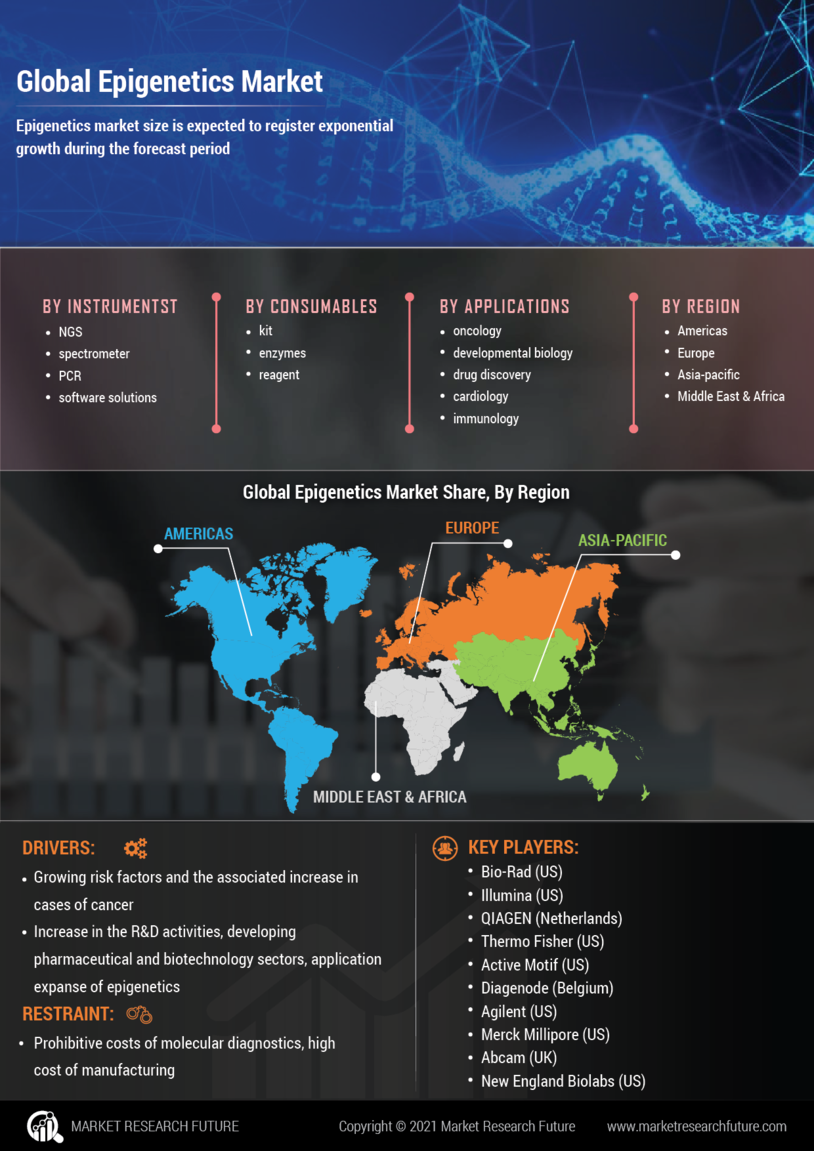

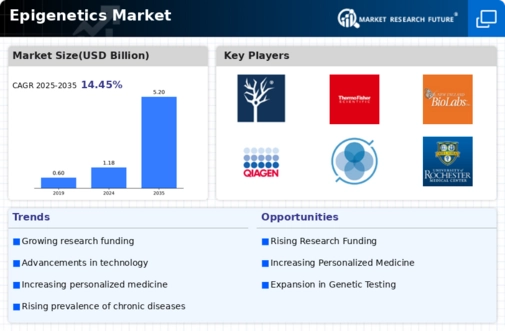
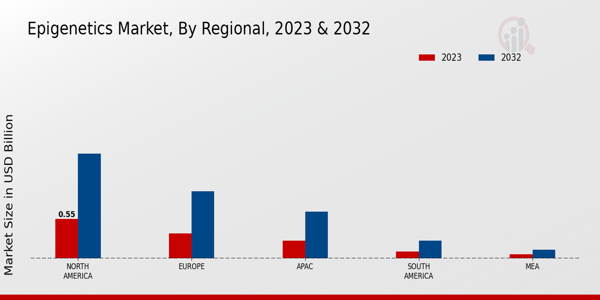


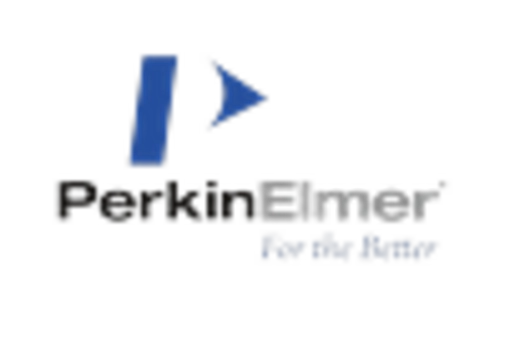
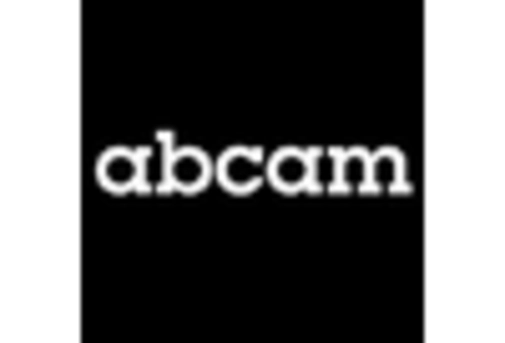
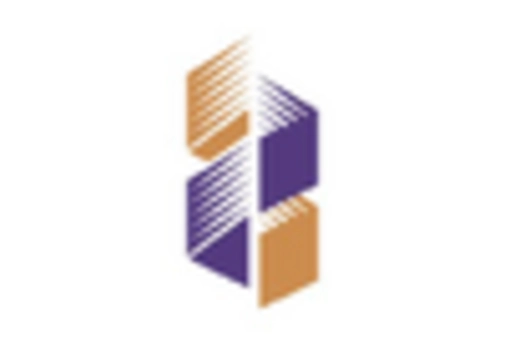
















Leave a Comment